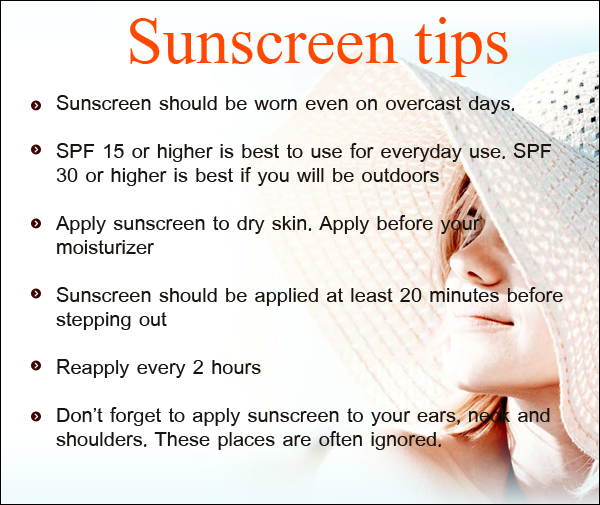Understanding how long sunscreen remains effective after opening is crucial for safeguarding your skin from harmful UV rays. Many overlook the significance of expiration dates, believing that sunscreen is infallible. However, like any cosmetic product, its efficacy diminishes over time, particularly once opened. This article will explore the longevity of sunscreen post-opening, delve into its composition, discuss factors that influence its shelf life, and provide expert tips for maximizing your sunscreen’s effectiveness.
Firstly, it’s essential to consider the typical lifespan of sunscreen. Most manufacturers indicate an expiration date on the packaging, typically around three years from the date of manufacture. However, once opened, the formula begins to degrade. Generally, an opened bottle of sunscreen remains effective for about six months to a year, contingent on various factors. Furthermore, it is vital to recognize that this timeframe can fluctuate based on the product type, storage conditions, and whether the bottle has been properly sealed after use.
Types of Sunscreens
Understanding the type of sunscreen you are using can greatly inform how long it will last after being opened. Sunscreens primarily fall into two categories: physical (mineral) and chemical. Physical sunscreens contain active mineral ingredients like zinc oxide or titanium dioxide that reflect UV rays. They typically have a longer shelf life when unopened but can degrade more quickly after exposure to air. Conversely, chemical sunscreens, which contain organic compounds that absorb UV radiation, may have a shorter shelf life due to their complex chemical structures. Therefore, noting the type of sunscreen is indispensable in gauging its efficacy post-opening.
Factors Influencing Sunscreen Longevity
Several key factors contribute to the longevity of sunscreen after opening. The first is storage conditions. Sunscreen should be stored in a cool, dry place away from direct sunlight. Excessive heat can cause the formulation to break down more rapidly, reducing its effectiveness. Additionally, exposure to moisture can alter the product’s chemical makeup, particularly in lotions and creams.
The second factor is the type of packaging. Sunscreens packaged in pumps or airless containers tend to last longer since these designs minimize air exposure. In contrast, products that require you to dip fingers into jars may face contamination risks, leading to quicker degradation. Ensuring proper sealing and hygiene when handling can also influence the shelf life of sunscreen.
Another critical aspect is the formulation itself. Generally, lotions have a shorter shelf life compared to sprays or sticks because they contain more organic compounds that are prone to breakdown. Therefore, it is essential to examine the ingredients listed on the packaging. Products containing antioxidants or botanical extracts may have additional preservatives, which could extend their usability after opening.
Signs That Sunscreen Has Expired
Recognizing the signs of expired sunscreen can prevent potential skin issues. First, always check the smell; if it has developed an unpleasant or rancid odor, it’s time to discard it. Additionally, changes in texture or separation of ingredients are indicators that the product may no longer be effective. Sunscreen should maintain a uniform consistency, so any visual alteration could signify degradation. Furthermore, if you notice the color has changed significantly, it may also indicate that the sunscreen is past its prime.
Expert Tips for Maximizing Sunscreen Longevity
To ensure you’re getting the most out of your sunscreen, follow these expert tips. First, store your sunscreen in a stable environment; consider placing it in a cupboard rather than in the car or near a window where it may be exposed to heat and light. Also, consider labeling your sunscreen with the date of opening, so you can track its usability period more accurately.
Additionally, familiarize yourself with the “batch code” found on many sunscreen products. This code can often be deciphered into the manufacturing date using manufacturer resources. Understanding this information allows better management of product usage.
Regularly replace your sunscreen, especially if you haven’t used it for a while. A good practice is to perform a yearly inventory check on your skin care products, discarding any that are close to or have surpassed their expiration date.
Avoid using sunscreen that has changed in texture, smell, or color, even if it hasn’t reached its expiration date. Prioritize your skin’s health; using expired products can lead to adverse reactions, including irritation or sunburn.
In terms of reapplication, it’s essential to follow the guidelines: reapply every two hours when outdoors and more frequently if you’re swimming or sweating. Consistent application is fundamental, but ensuring you’re using fresh sunscreen is equally vital for maximum protection.
Conclusion
Understanding how long sunscreen lasts after opening is invaluable for ensuring effective sun protection. Always be mindful of the product type, storage conditions, packaging, and signs of expiration. By implementing simple yet effective practices, such as labeling and routine checks, you can extend the life of your sunscreen and maintain your skin health. Proactive management of your sunscreen can provide peace of mind, letting you enjoy sunny days confidently, knowing that your skin is well-protected.

